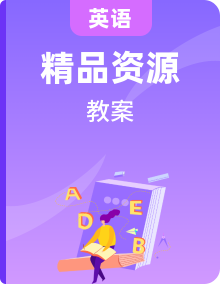相關(guān)教案 更多

2020-2021學(xué)年Lesson 13 Let's Buy Postcards!獲獎(jiǎng)教案設(shè)計(jì)

小學(xué)英語(yǔ)冀教版 (一年級(jí)起點(diǎn))五年級(jí)上冊(cè)Lesson 13 Let's Buy Postcards!優(yōu)質(zhì)教案

英語(yǔ)冀教版 (三年級(jí)起點(diǎn))Lesson 13 Let's Buy Postcards!教案設(shè)計(jì)

小學(xué)英語(yǔ)冀教版 (三年級(jí)起點(diǎn))五年級(jí)下冊(cè)Lesson 13 Let's Buy Postcards!教案






